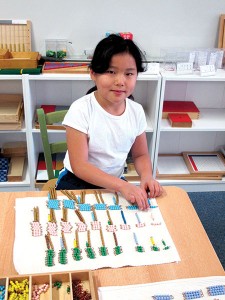
Mika enjoys working with Montessori Multiplication Beads at Middle Creek Montessori in W. Redding. Photo: Pamela Newman
What do Anne Frank, Julia Child, Prince William of England, Jeff Bezos (founder of Amazon.com), and rapper Sean “P. Diddy” Combs have in common? Although vastly different in their life circumstances and contributions to society, they all attended a Montessori school.
The Montessori Method of education they received was developed by Italian physician Maria Montessori at the beginning of the last century. It grew out of her work with special needs children and her belief that many of their problems were educational rather than medical. Her approach was to set aside preconceived ideas about education and to study children, their development and their process of learning, using the scientific method. She further refined her method in her subsequent work with children living in a housing project in Rome. The result has been a revolutionary approach to educating children that differs significantly from traditional educational methods.
Montessori classrooms group students by three-year age spans (e.g., infant-3, 3-6, 6-9, etc.) through high school. Becky Gartin, whose daughter was a first-grader last year at Middle Creek Montessori, a public K-6 school in Redding says, “When I went to observe, I loved that there was a multi-age classroom where the 6- to 9-year-olds were all together. It was interesting to watch the older kids expand their learning and the littler kids looking up to the older ones, like, ‘that’s what I want to do.’”
Peer learning through the leadership and mentoring of the older children is a key component behind the success of the multi-age classrooms. The social and emotional development of the children is enhanced in a way that does not happen in a class of children all the same age, and better prepares them for the “real world.”
Montessori classrooms are active learning environments. The teachers help each individual child find activities that the child is naturally interested in doing. Becky Gartin, who taught in a traditional classroom for nine years, says she knew traditional education wouldn’t be the best fit for her children’s personalities. In the Montessori classroom, she says, “Each child’s own learning style, abilities and interests are being addressed by the teacher. The materials are wonderful and kids are free to move around the classroom, using tables or work mats rather than having assigned seats.”
“There is a sequence to the curriculum,” says Nancy Curran, teacher at Middle Creek Montessori in West Redding. “It always moves from simple to complex, concrete to abstract in all subject areas. Lessons are presented individually or in small groups, based on the level the child is at and what is needed at a given time. This is different from traditional education where everyone gets the same lesson at the same time.”
This child-centered approach is also aimed at developing authenticity and greater self-knowledge. Tom Kaut, Administrator of Montessori Children’s House of Shady Oaks in Redding says, “Choice is a big deal in Montessori because it allows children to discover who they really are. If they aren’t allowed the privilege of learning who they are, sometimes they end up with skewed goals that are more materialistic and reward-based rather than goals based on their internal likes and interests.”
Dr. Montessori observed that younger children absorb information through all their senses. The Montessori environment offers hands-on activities for a sensory experience that is essential to understanding important concepts and learning life-long skills. The approach builds on these concepts and skills as the children grow from one developmental “plane” to the next. At each level, the developmental needs that are typically expressed are anticipated and addressed.
Michelle Yezbick, Director of Sherwood Montessori, a K-8 charter school in Chico, says, “The themes of multiple-aged groupings, choice, movement from concrete to abstract, and hands-on learning opportunities are found throughout the curriculum, but are tailored to meet the needs of the kids at different ages. In our middle school, the kids are given opportunities to be of service to others and to have academic work contextualized in real-life experiences. For example, the question ‘Why do I have to learn this?’ is anticipated and answered in their involvement in growing a garden and running an on-site farmers’ market, so the lessons have practical application and meaning. Helping others gives kids a chance to develop positive self-images at a time when they are forming identities and may tend to be critical of themselves or become self-absorbed. Montessori observed development, and responded to it in her method.”
“Montessori developed an array of hands-on learning activities for every concept she wanted the children to learn,” says Kaut. “The learning materials and activities are always displayed on shelves where students can easily access them. The children learn more through their active interaction with the things contained in their environment than they would from just listening to a teacher or reading about something in a book.”
Kaut says the “soul” of the Montessori method is the “practical life” area. Practical life activities may include, as examples, dishwashing, silver polishing and sewing. “These simplest of activities can be a child’s greatest teacher,” he says. “Through the interest and challenge the activities provide, children grow in their ability to focus and concentrate.” Parents are encouraged to include their child in similar daily activities in the home. “Practical life appears at all levels, in slightly different ways,” points out Yezbick. “Young children want to learn how to do things on their own, older children want to learn how to do things as part of a social group, and adolescents want to learn how to do things that will ultimately become a part of their identities as they become independent in the world.”
At Montessori Children’s House of Shady Oaks, Kaut says parents are invited to participate in a two-part introductory workshop, “The Silent Journey and Discovery.” “The Silent Journey” involves parents entering the empty classroom in silence, moving from shelf to shelf, focusing on the activities available for children. During the “Discovery” part of the workshop, they return and engage in the activities. “That’s when most of them get what Montessori is about,” says Kaut. “They have to choose what they want to do. They learn firsthand what the children experience. For many, it’s an eye opener.”
In the end, Montessori students grow up with an understanding of who they are and what they want to do with their lives, along with the skills to accomplish their goals. They become life-long learners who see themselves as part of the larger community and who make a positive difference. Dr. Maria Montessori envisioned world peace through her new method of education, starting one child at a time. Her mantra was, and remains today, “peaceful child, peaceful world.”
[sws_grey_box box_size=”593″]
Montessori Programs in upper CA:
Chico Montessori Children’s House
Ages 3-5.
814 Glenn St., Chico, CA.
http://www.chicomontessori.com
(530) 342-5518
Middle Creek Montessori at Shasta Union Elementary School
K-6, public school.
10446 Red Bluff Rd., Shasta, CA.
http://www.shastaunionschool.net
(530) 797-6267 & (530) 243-1110.
Montessori Children’s House of Shady Oaks
Infant–age 6.
1410 Victor Ave., Redding, CA.
http://www.shadyoaksmontessori.com
(530) 222-0355.
Sherwood Montessori
K-8, public charter school.
http://www.sherwoodmontessori.org
746 Moss Ave, Chico, CA.
(530) 345-6600.
Sunny Garden Montessori
Infant-age 5, Montessori drop-in parent-participation environment.
http://www.sunnygardenmontessori.com
2801 Godman Ave., Chico, CA.
(530) 343-3101.
[/sws_grey_box]
Posted in: Education
Comment Policy: All viewpoints are welcome, but comments should remain relevant. Personal attacks, profanity, and aggressive behavior are not allowed. No spam, advertising, or promoting of products/services. Please, only use your real name and limit the amount of links submitted in your comment.
Comments
Leave a Reply
You Might Also Like...
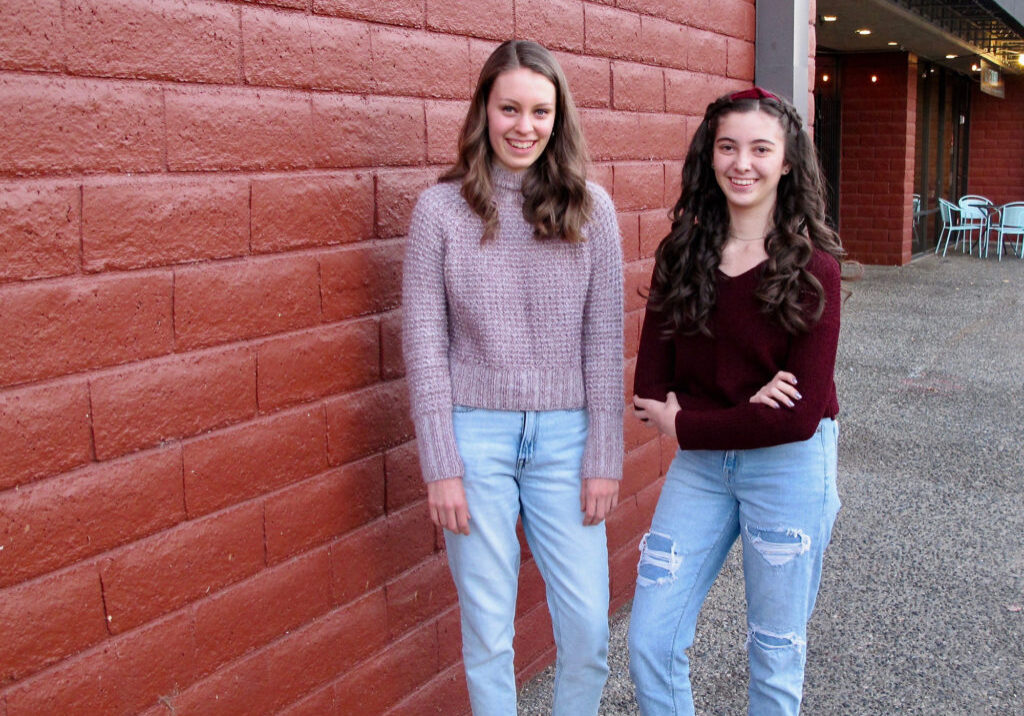
Copernicus Tutoring
Shasta High School Seniors Offer Free Tutoring For Peers Over the summer, Lily and Leah created a tutor application process, built a website, and recruited tutors for the Zoom-based program. […]
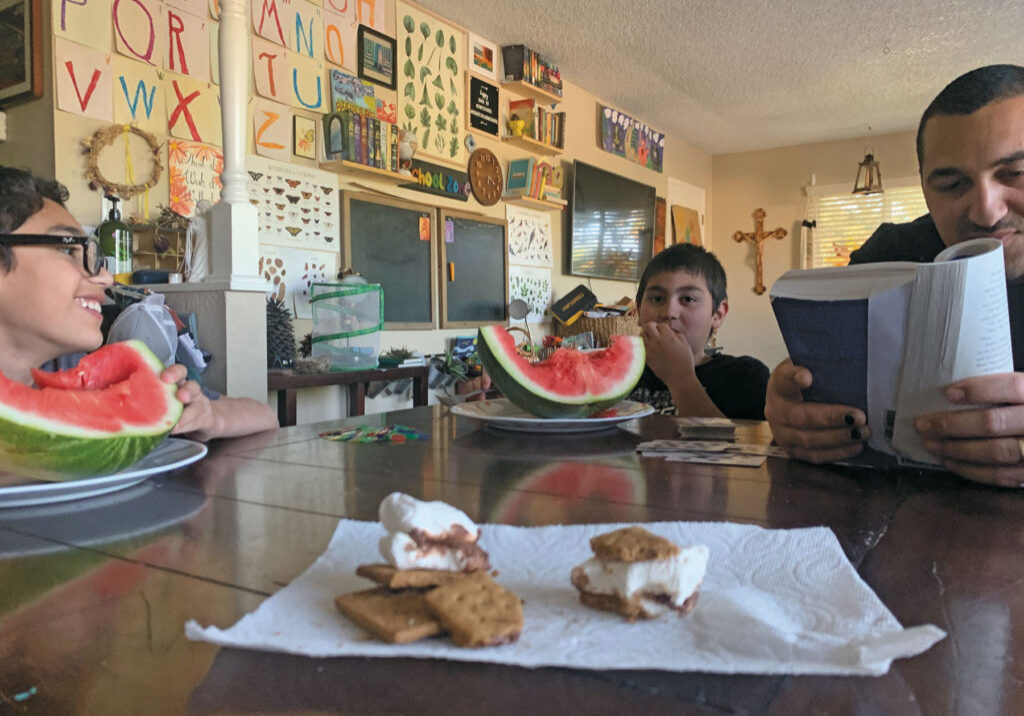
Curating Your Distance Learning Space
How to Set Up the Ideal Distance Learning or Homeschool Space For inspiration on how to set up the ideal distance learning or homeschool space, follow Rose Duran on Instagram […]
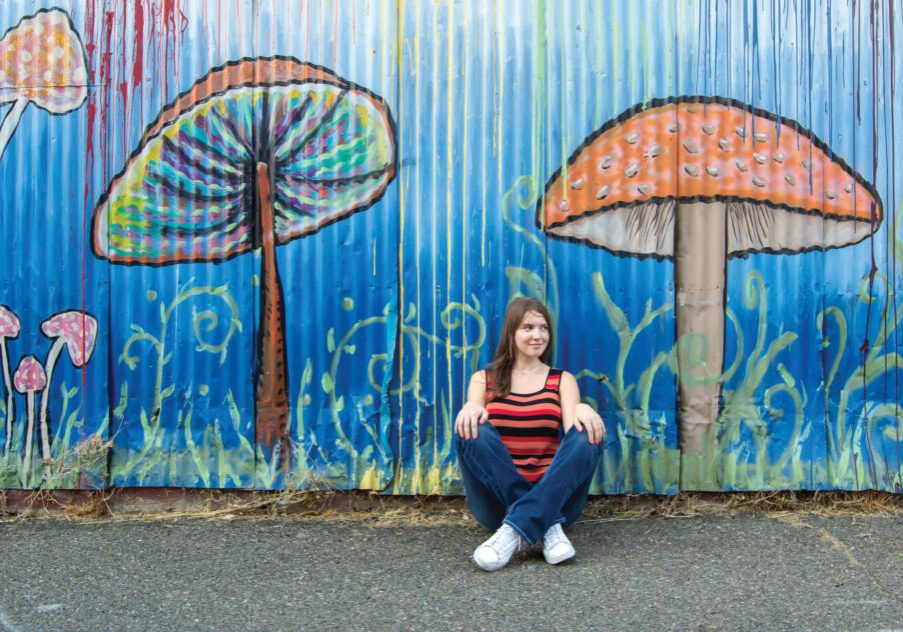
Homeschooling Can Build Confidence and Independence While Accelerating Learning
Imagine a world where you stay in your pajamas all day, finish your school assignments before lunchtime and every day is an out-of-school day. Welcome to my young life! After […]
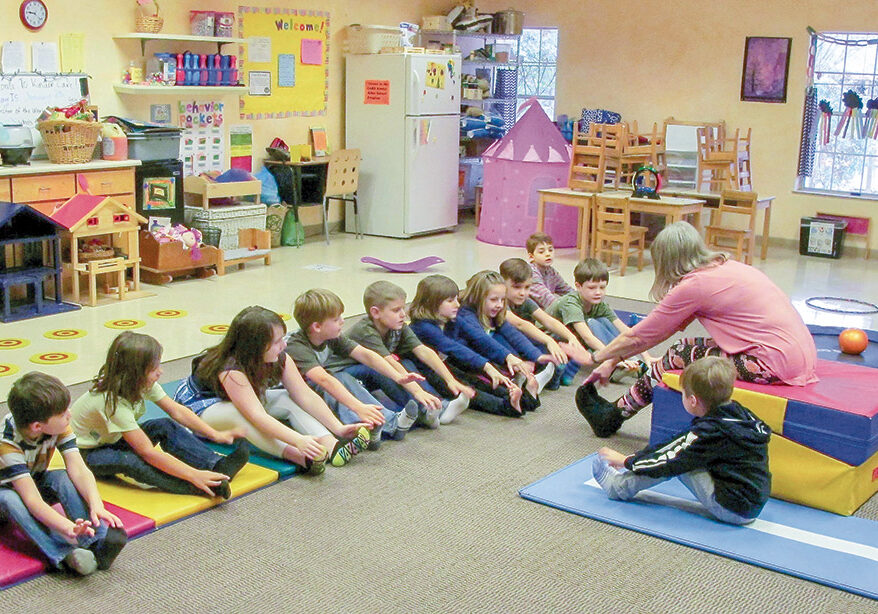
Movement Jumpstarts the Brain – Flipping the Learning Switch at Blue Oak School with S’cool Moves
“Our highest endeavor must be to develop free human beings who are able, of themselves, to impart purpose and direction to their lives.” Rudolf Steiner (1861-1925) Today, parents have choices […]



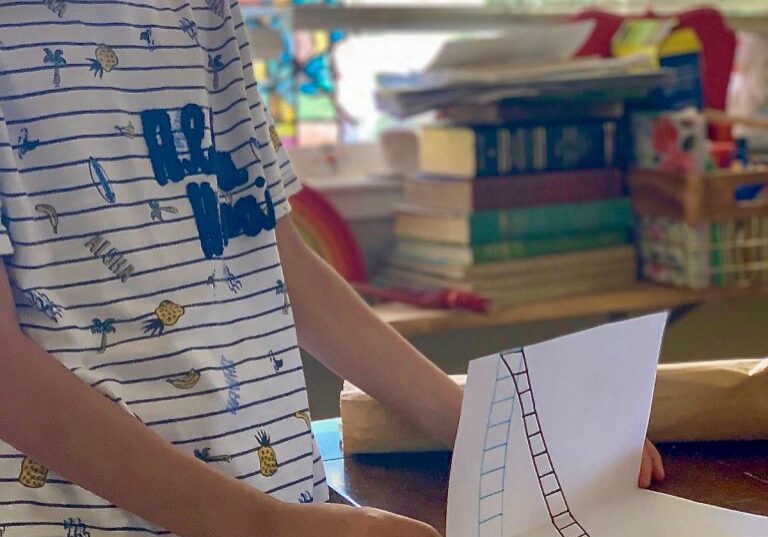
Rachel Barnett says
Our kids have attended Middle Creek Montessori for the past three years and we love it there! I would highly recommend for parents to go and observe this classrooms. Once you have seen the type of environment this fosters, it becomes nearly impossible to choose anything else!
kristy ortega says
I love the Montessori program at Shasta Elementary. The Montessori program has been part of that school, in Shasta, CA (not West Redding) for a decade! Folks simply didn’t know about it. Shasta Elementary is the school, and MCM is a program. I think there is confusion on that issue. It is a spectacular program and I hope more parents learn about it. I love that my child has this opportunity to learn through the Montessori method and that it is FREE!